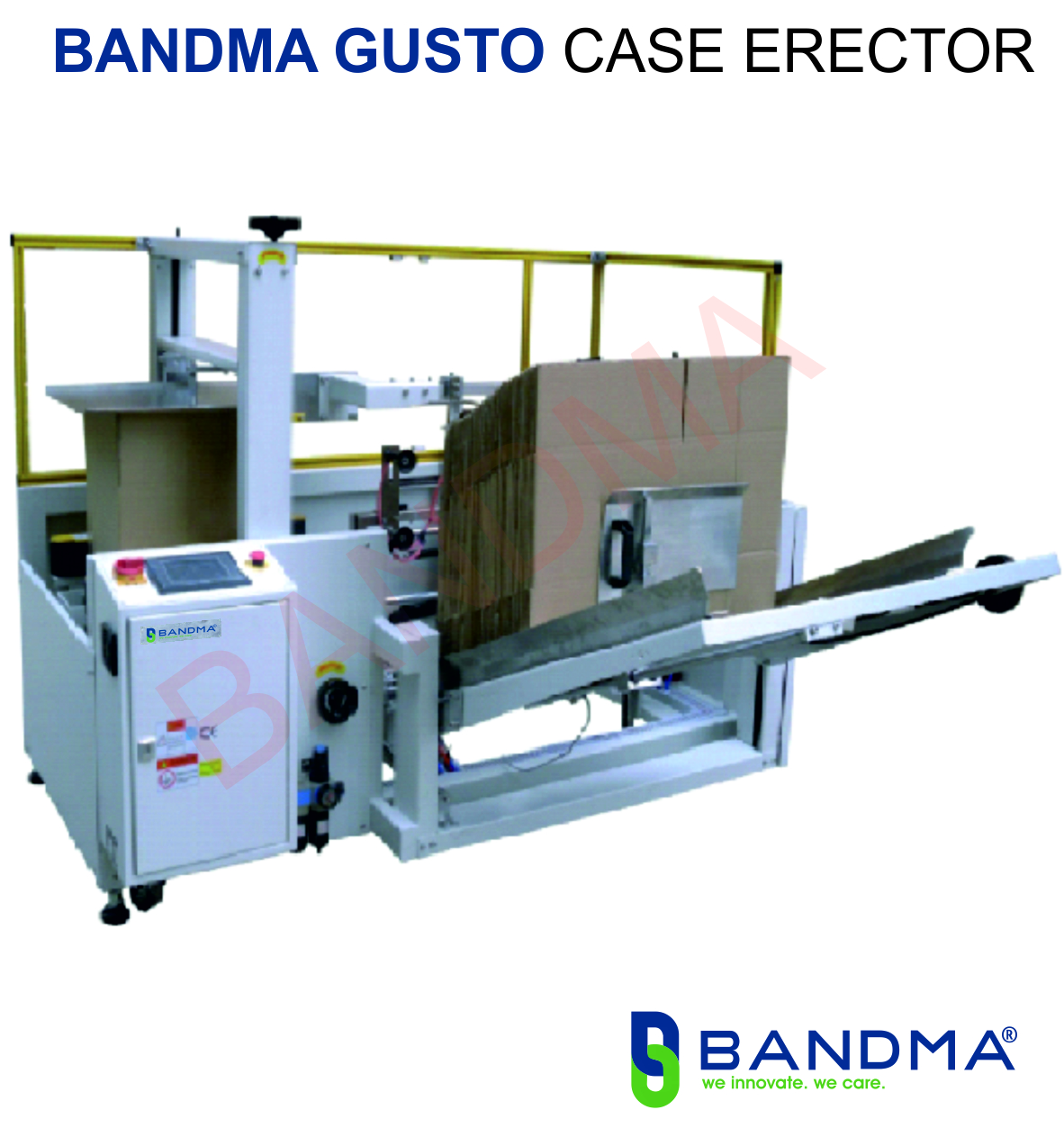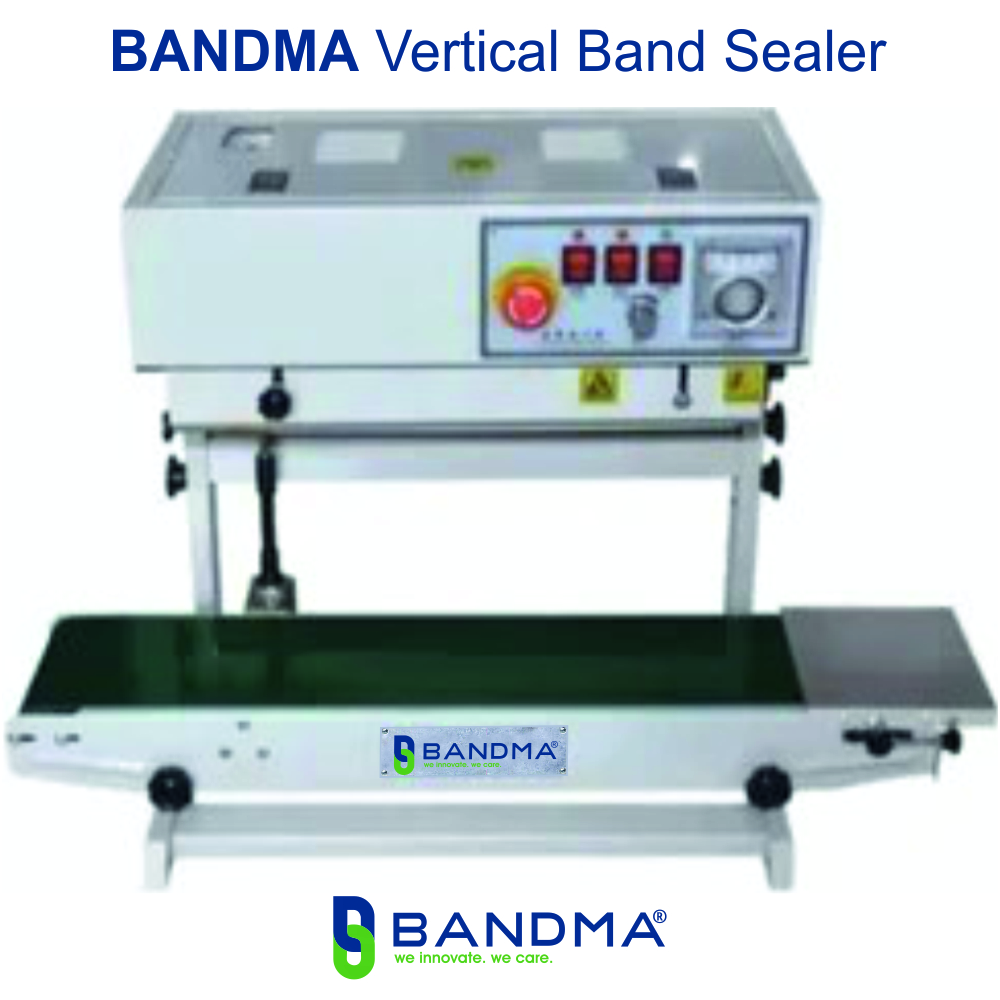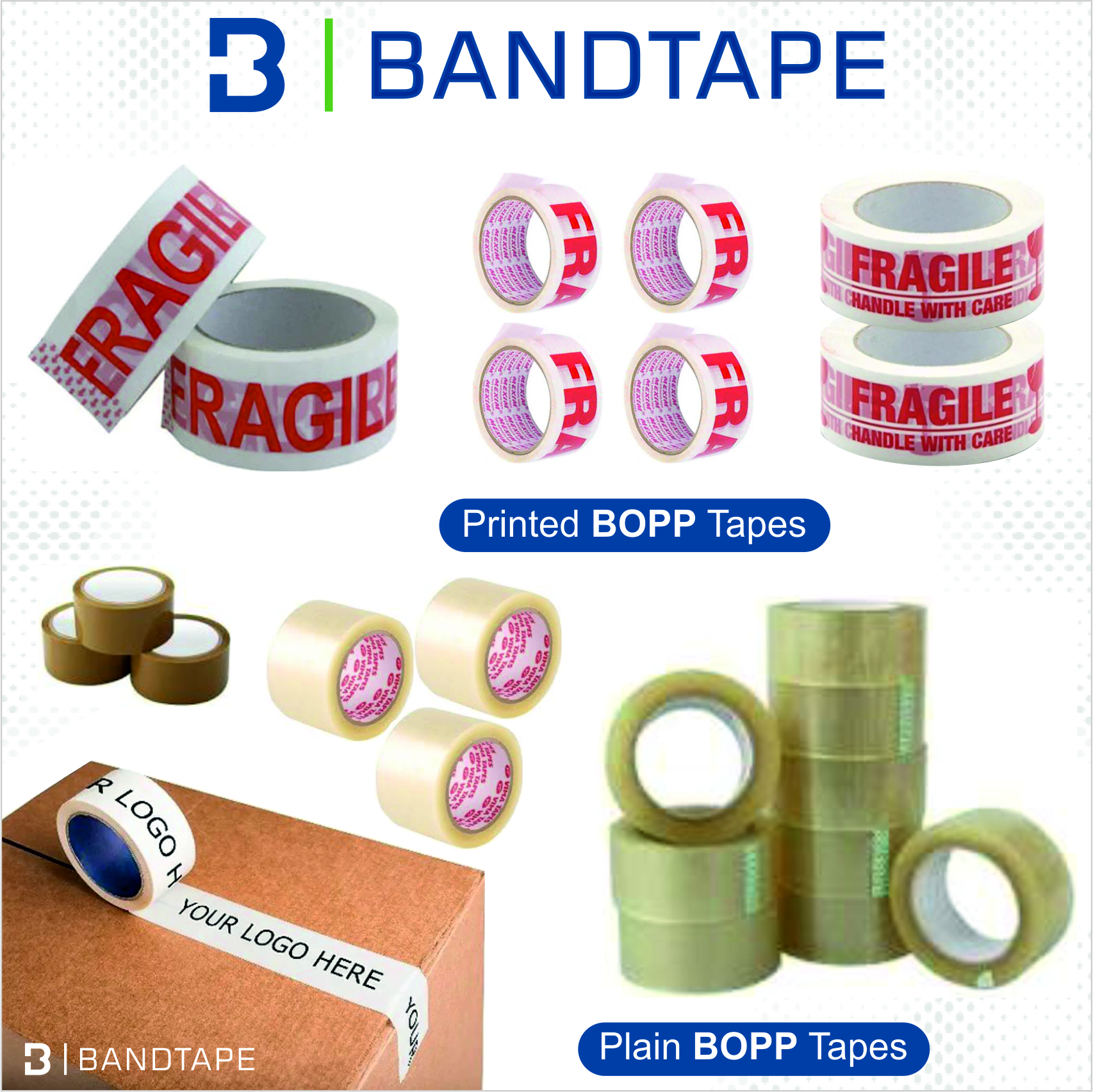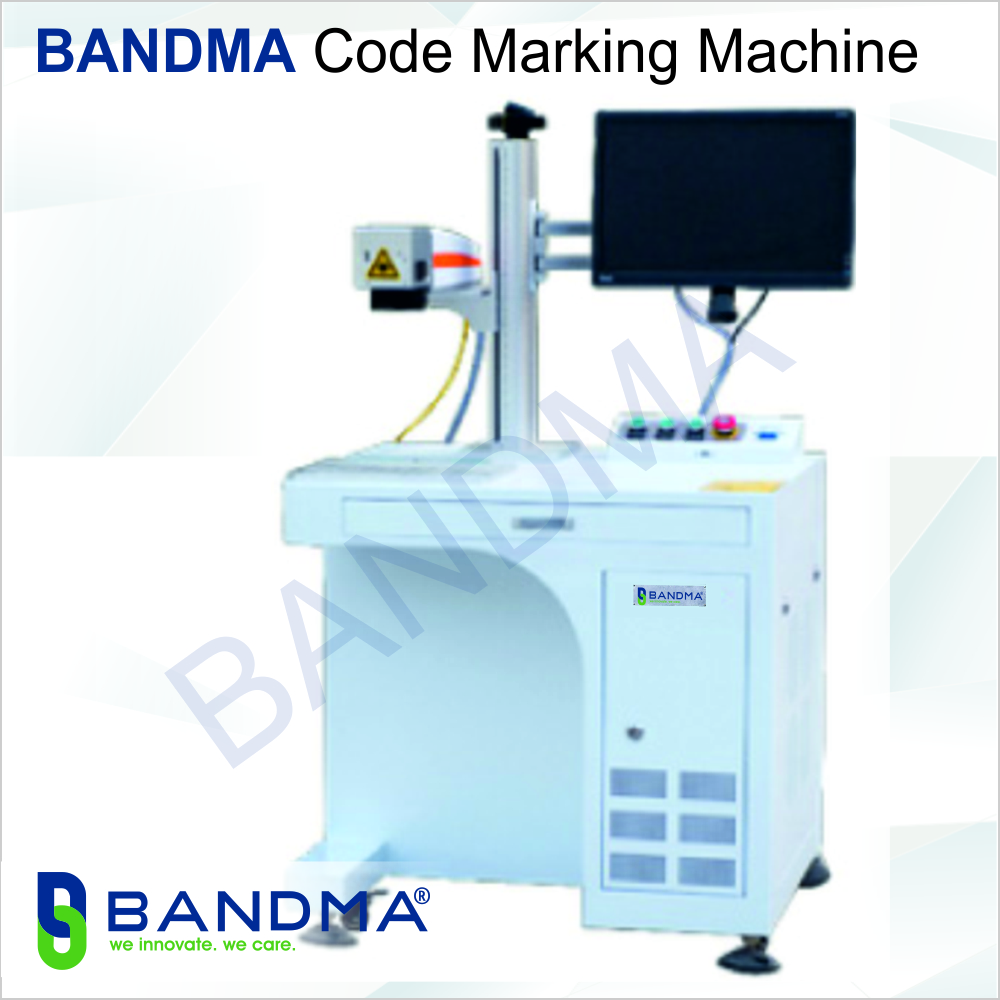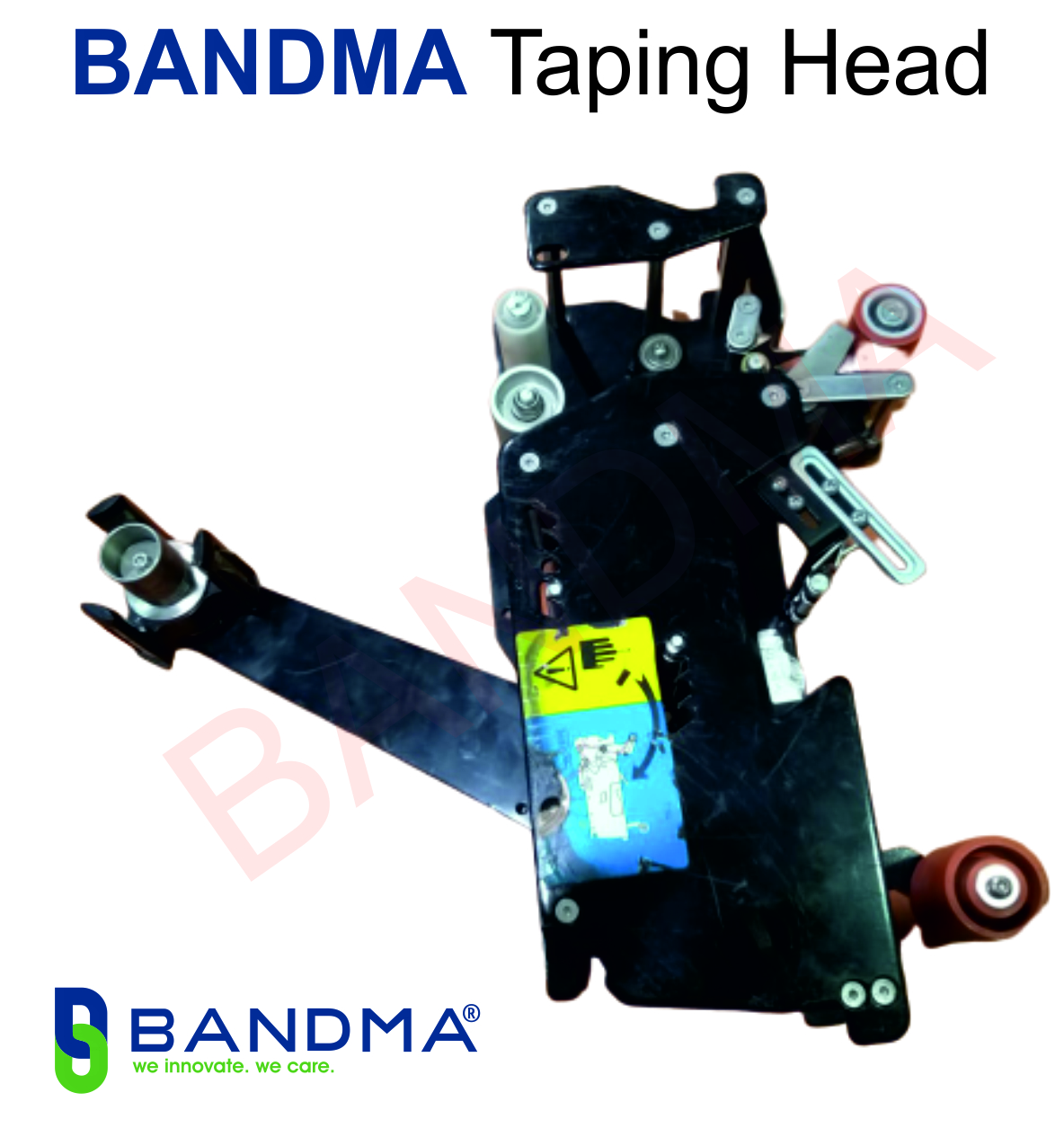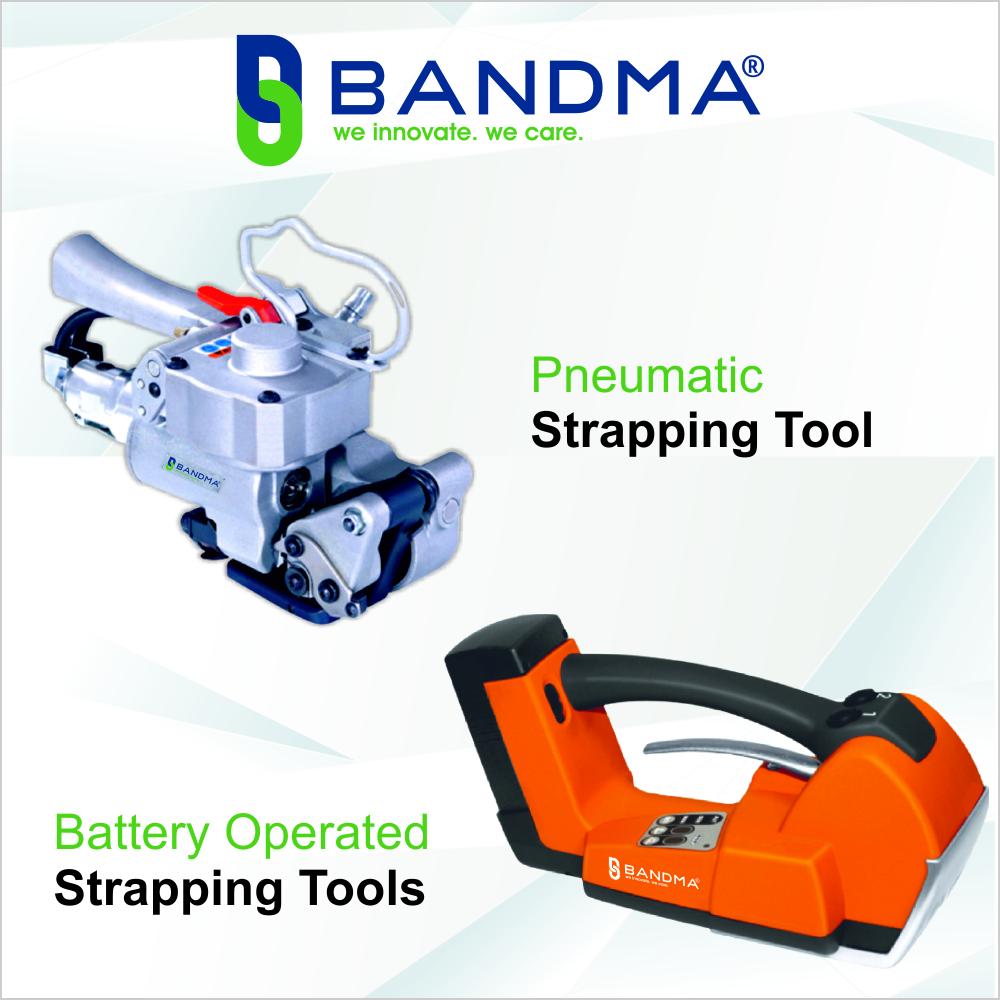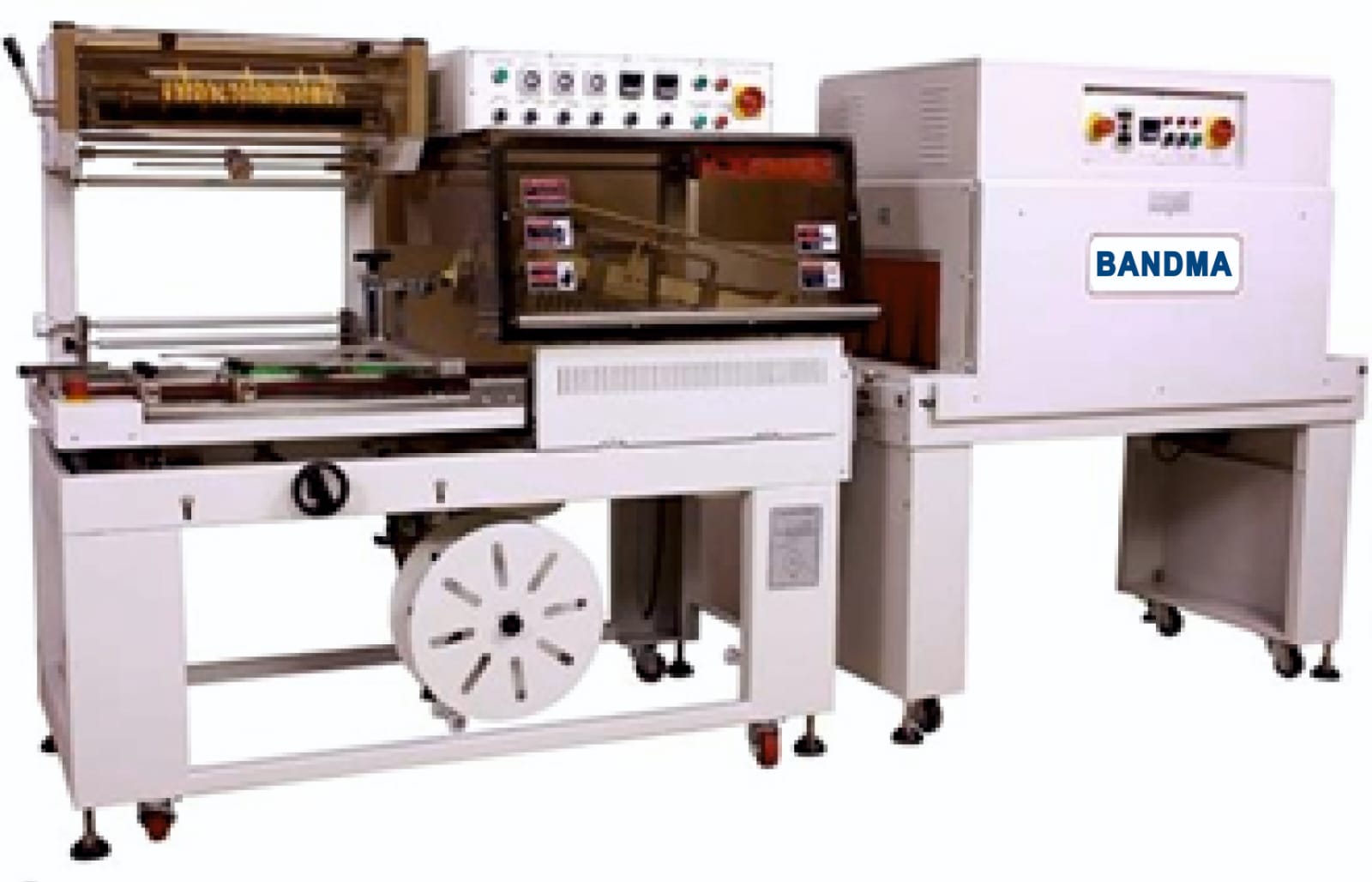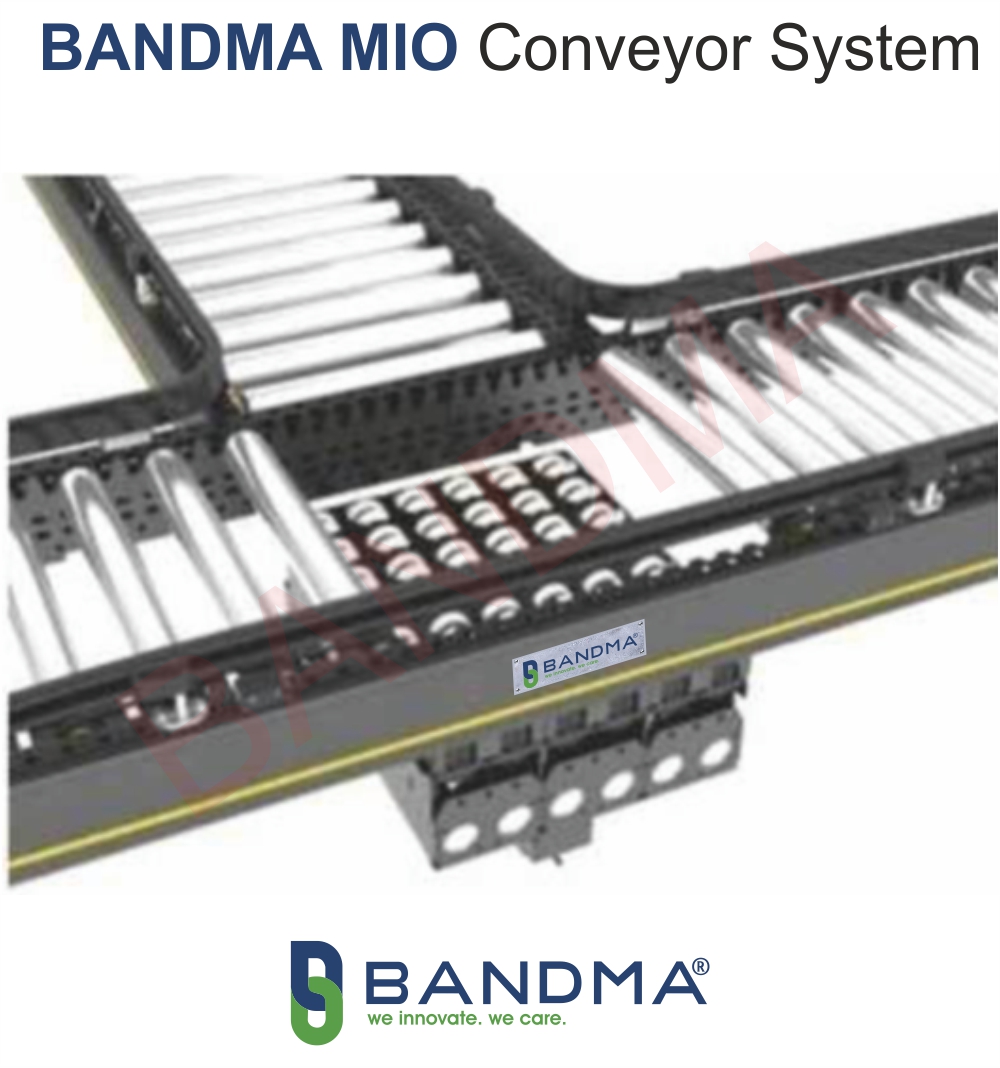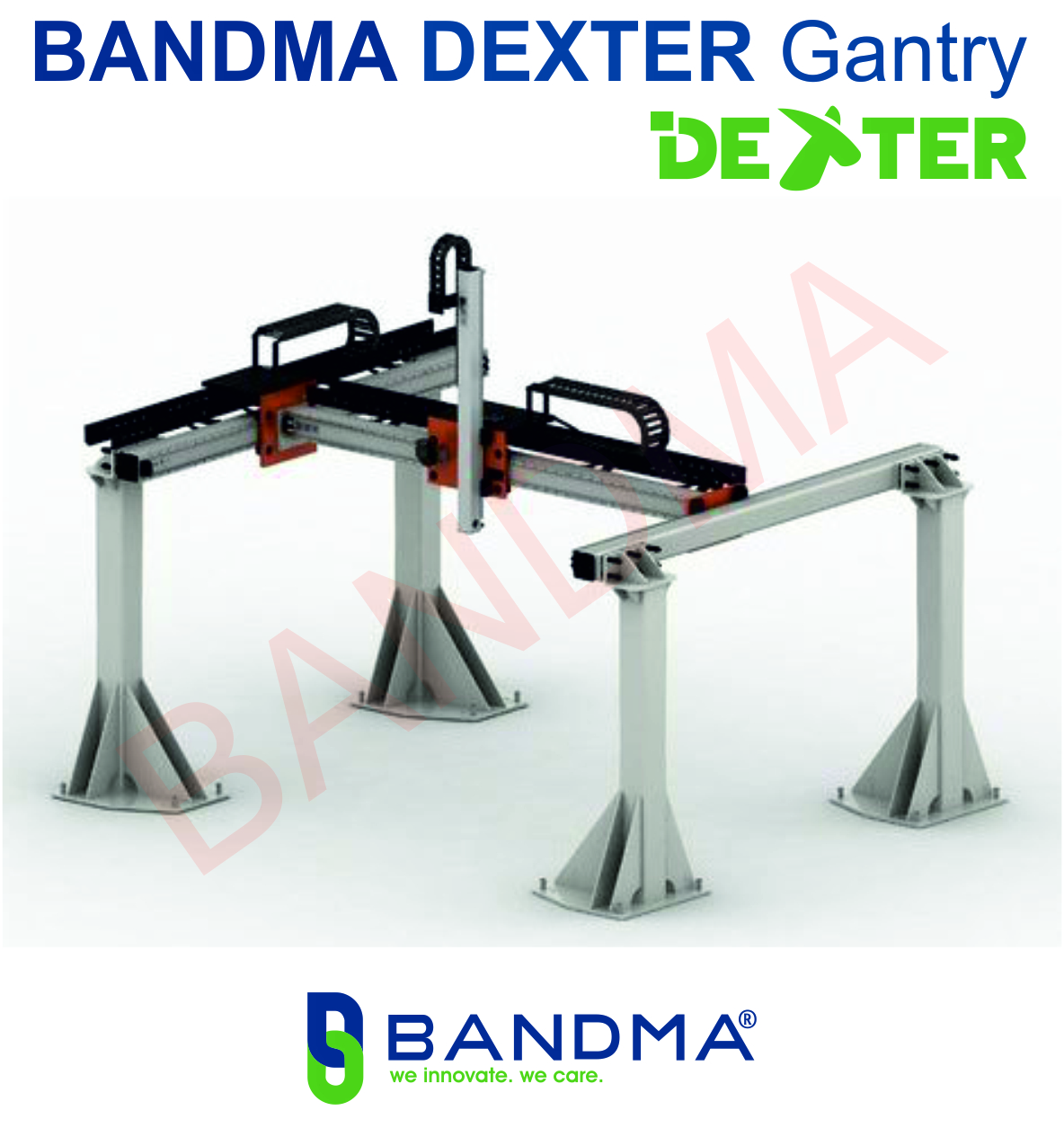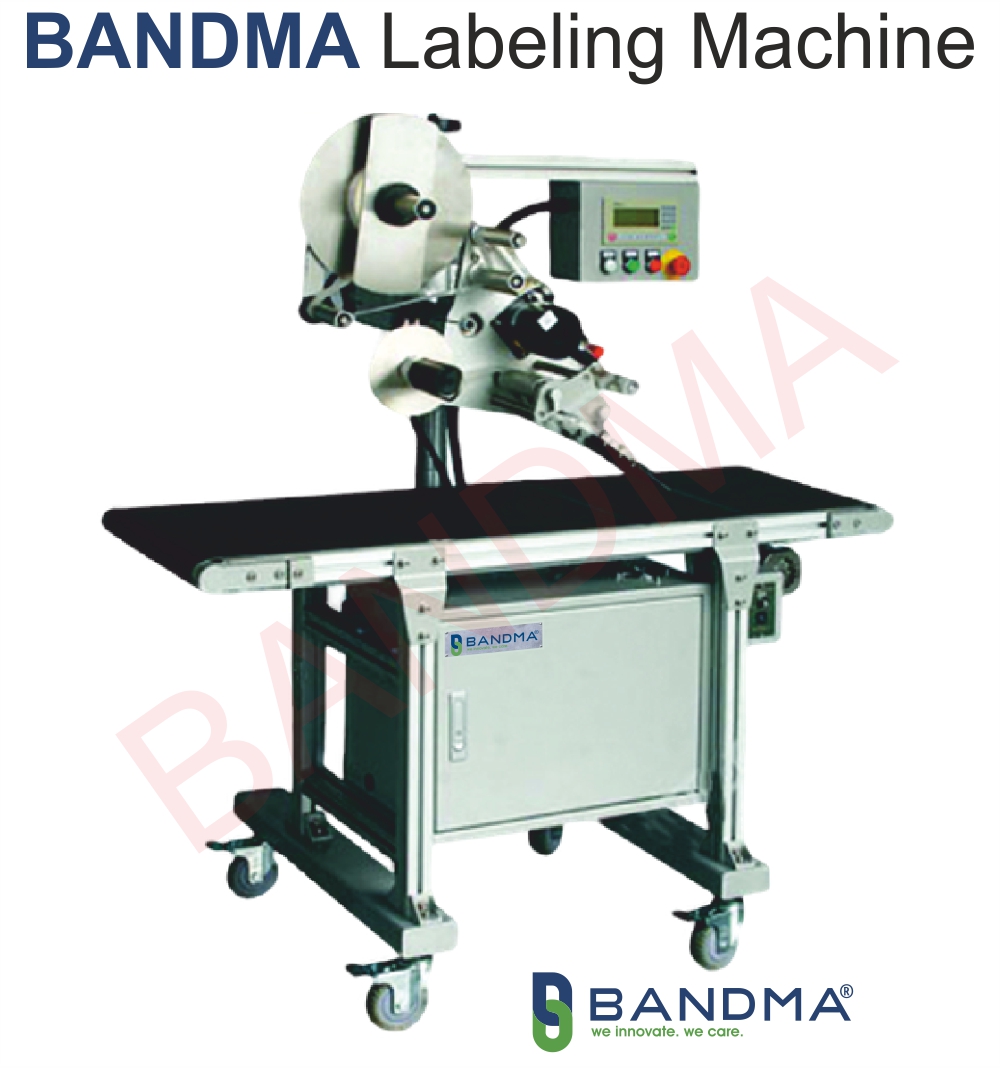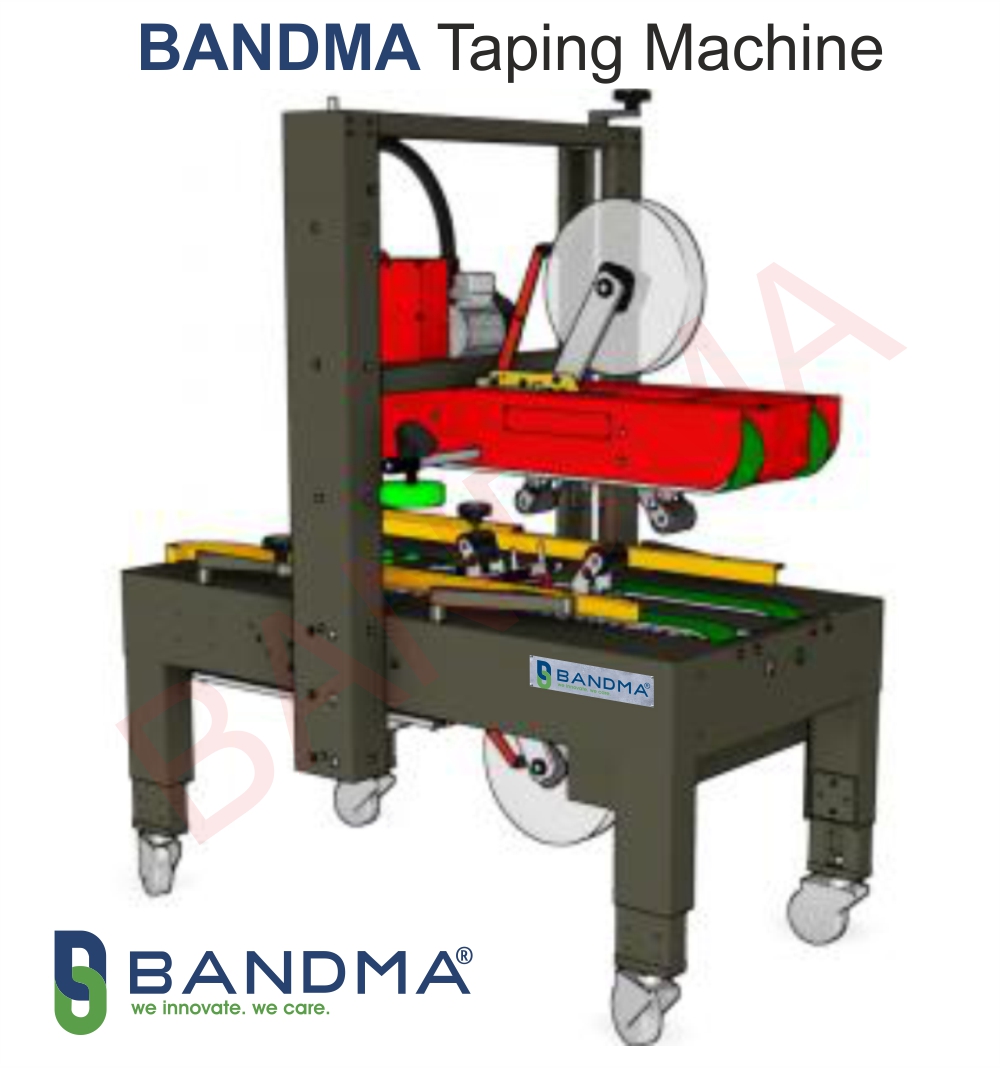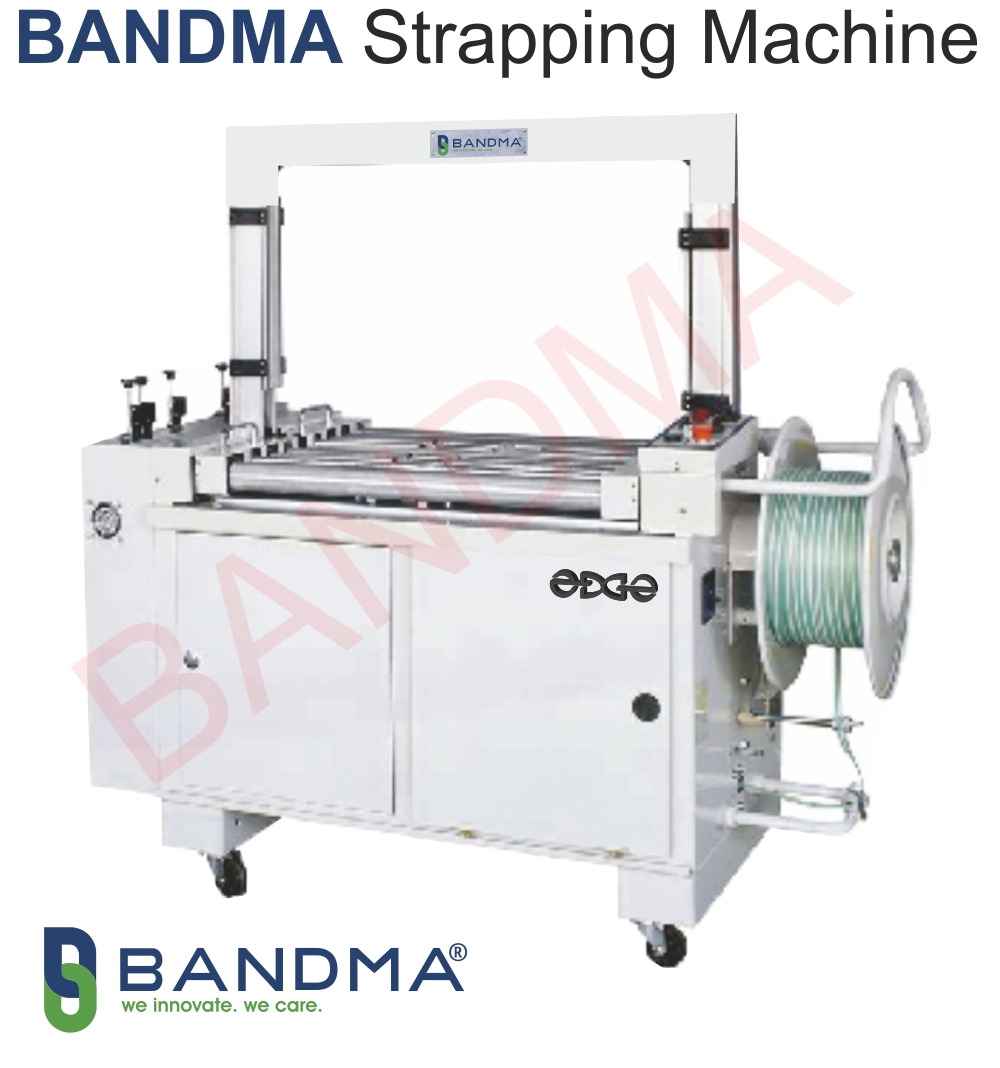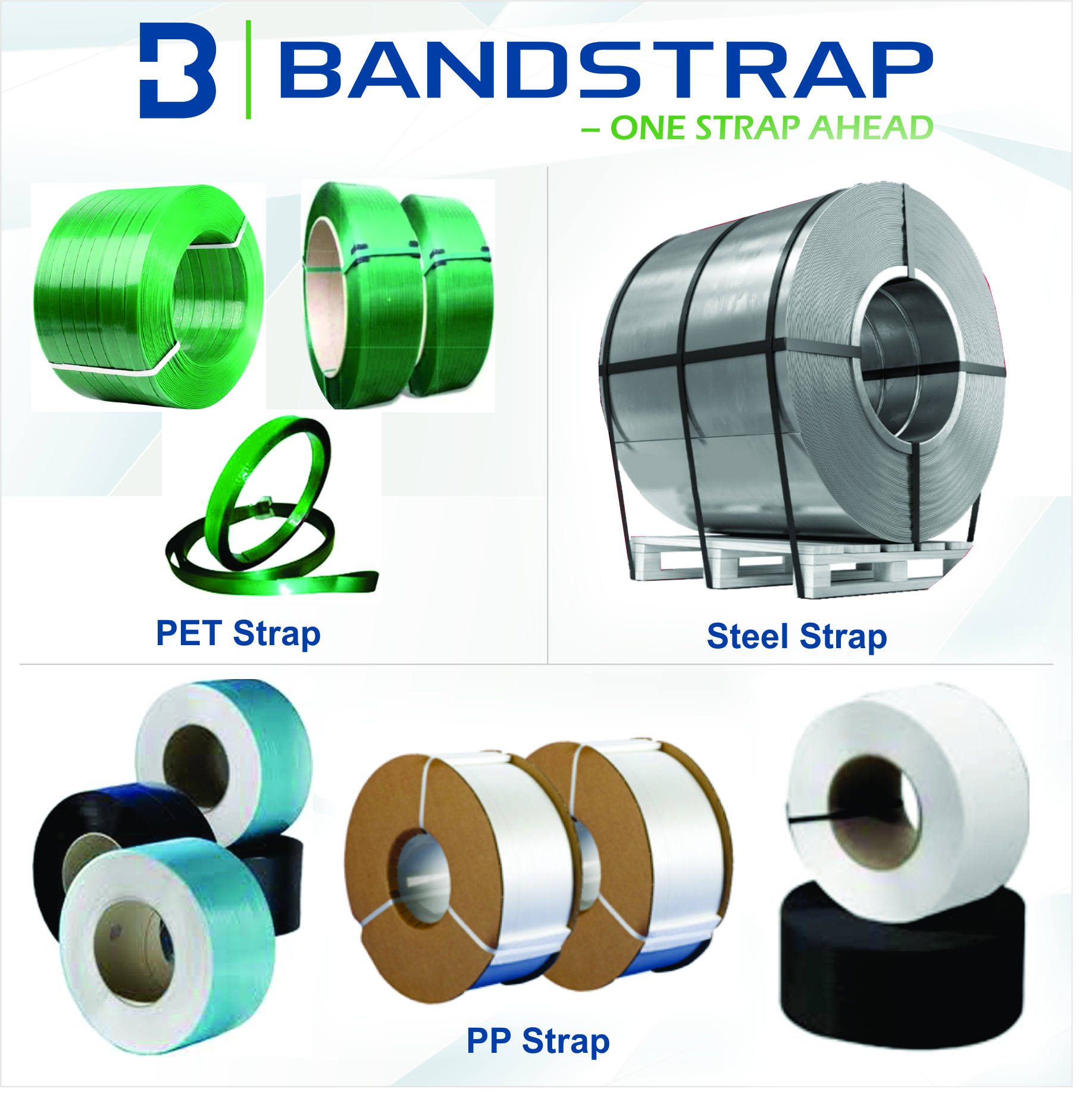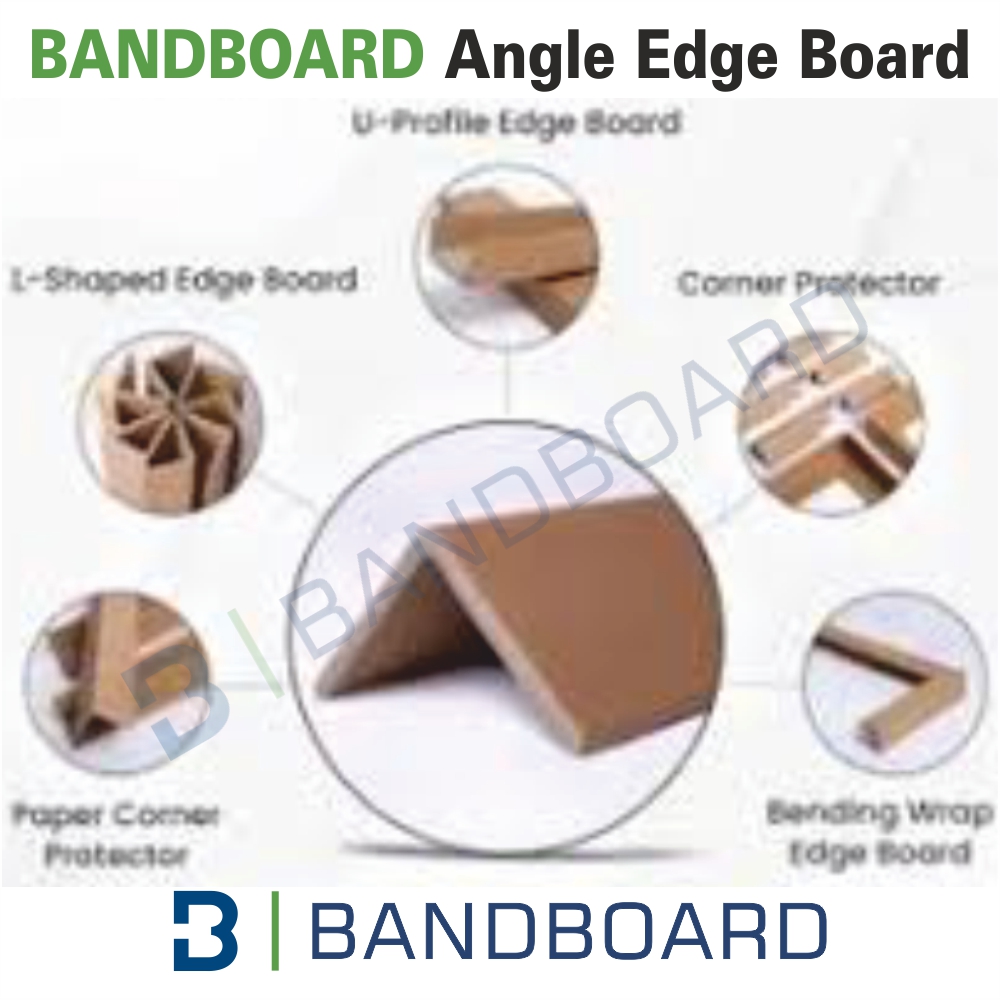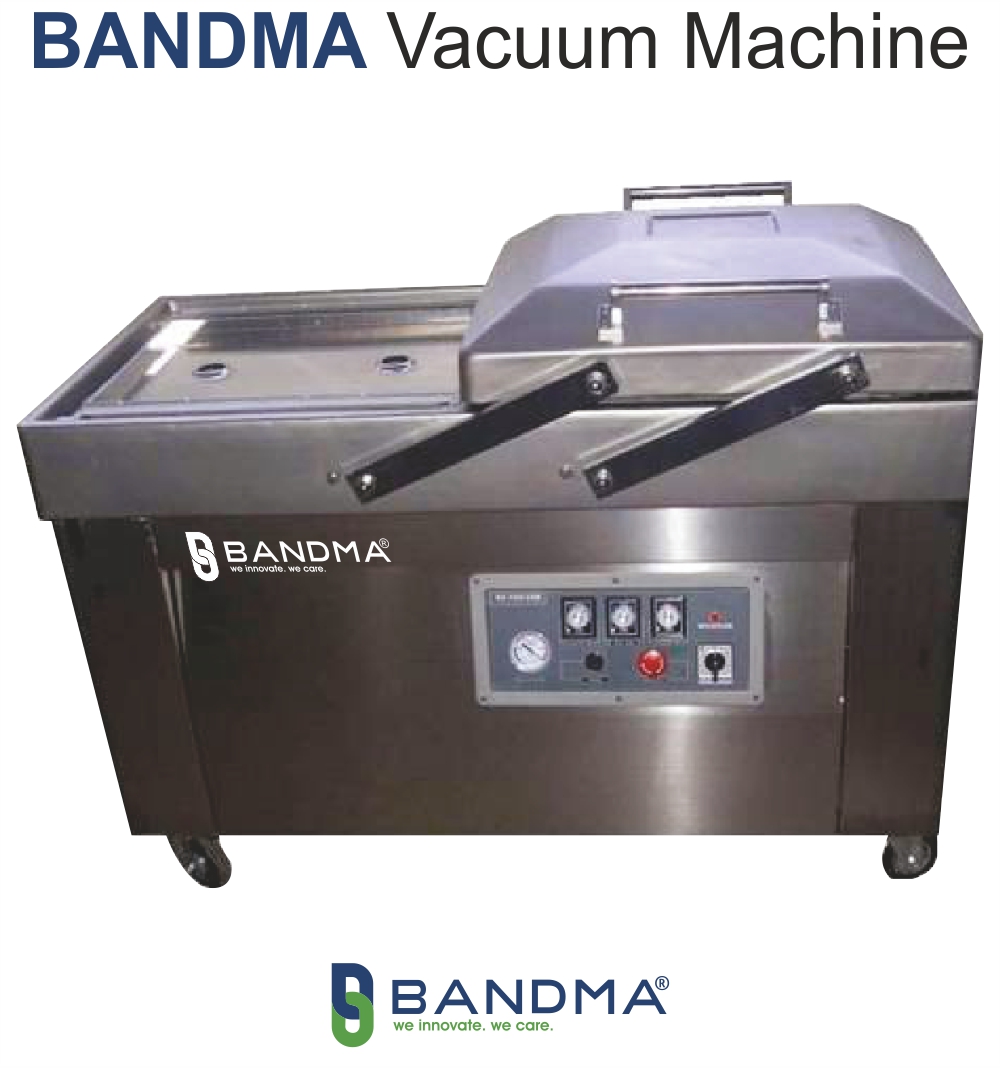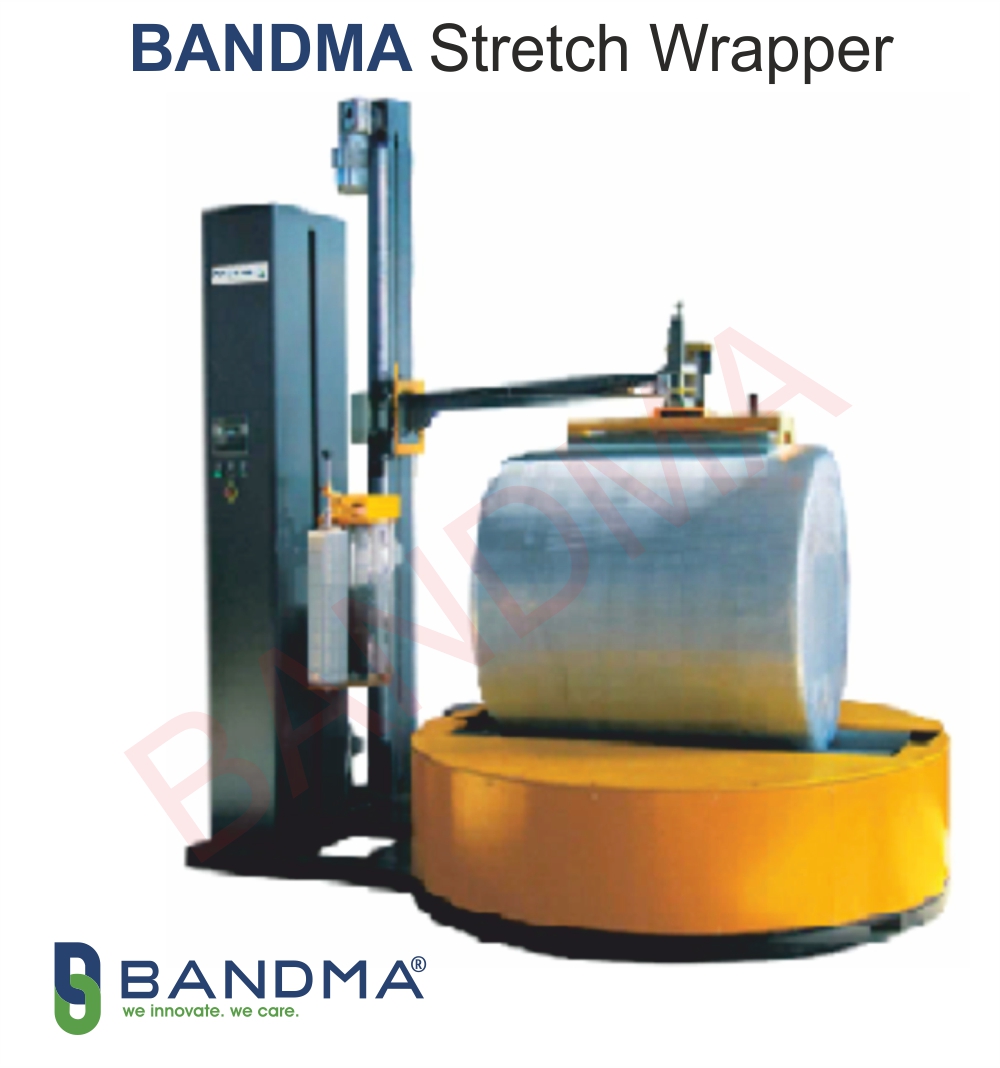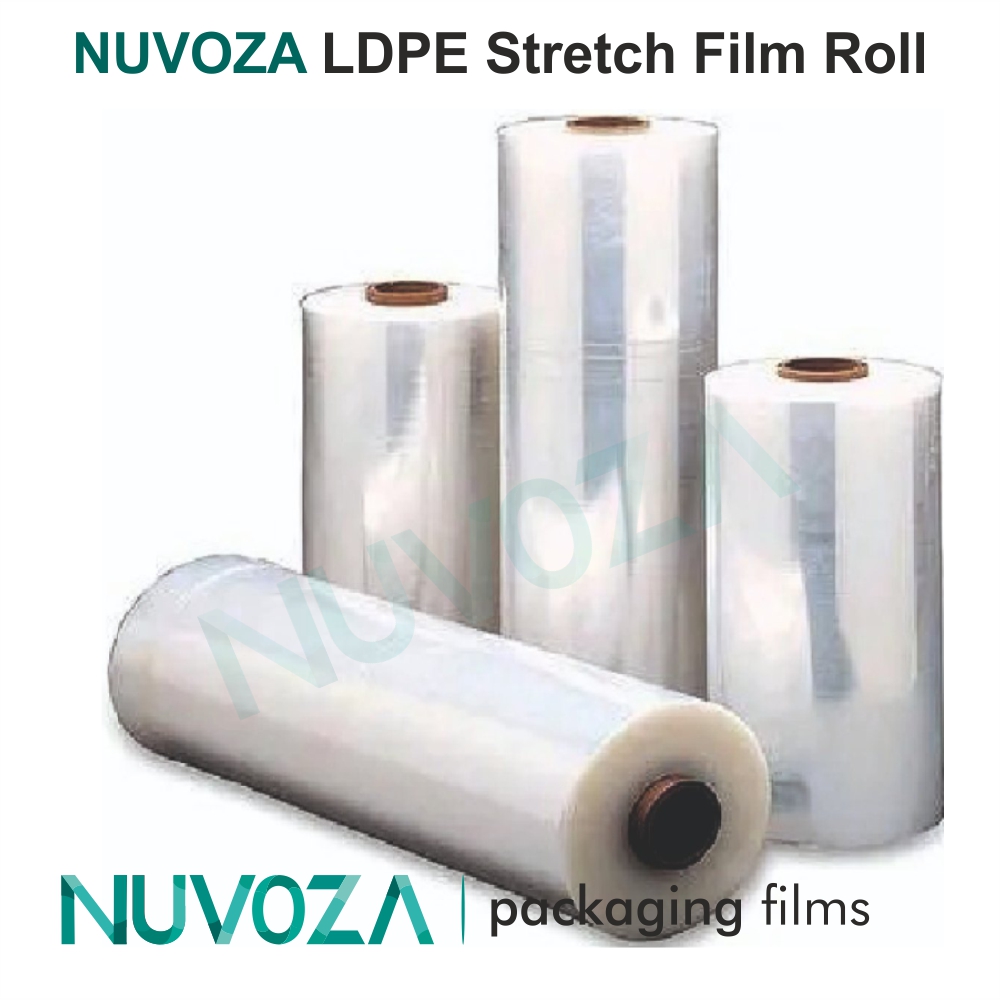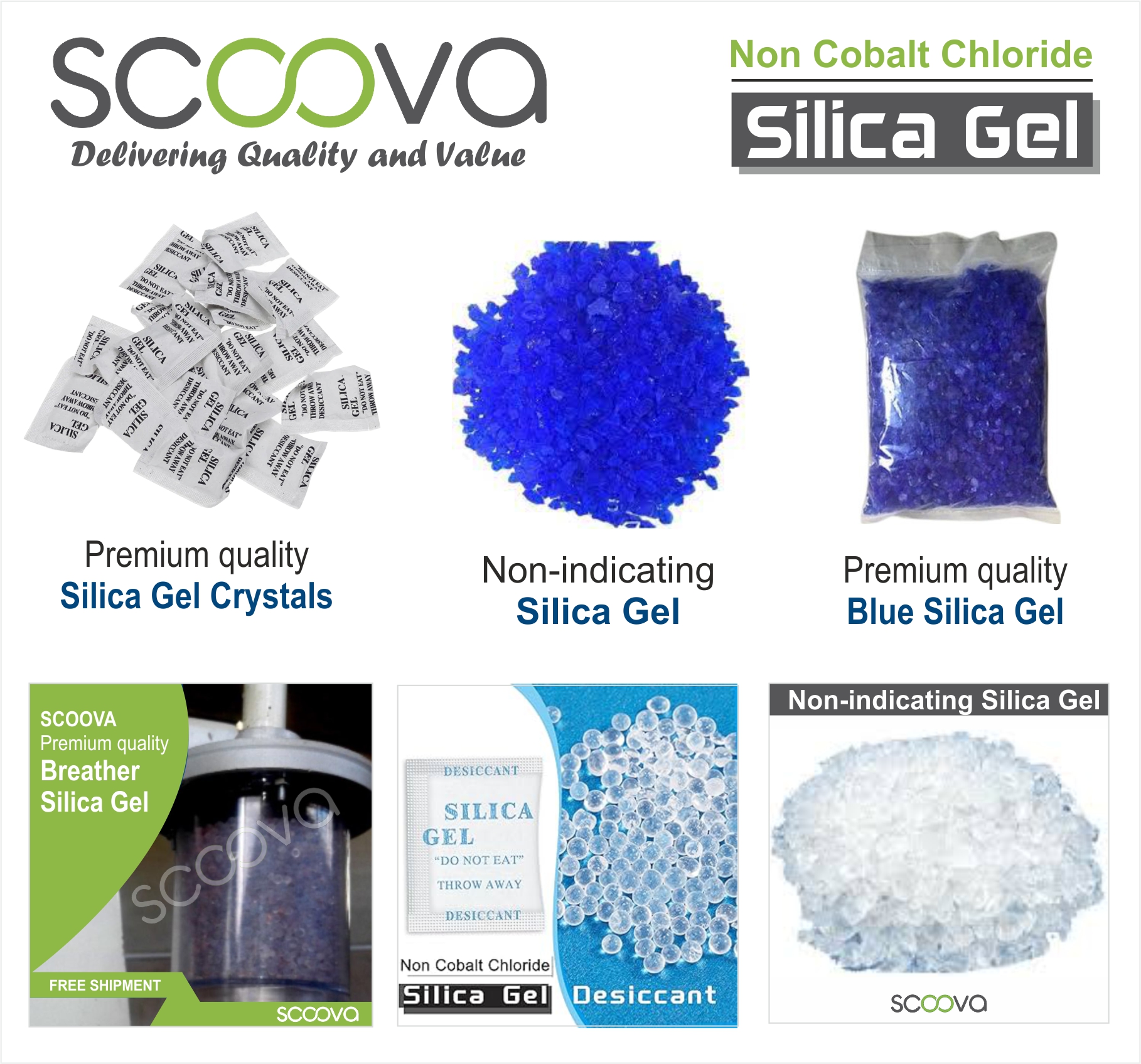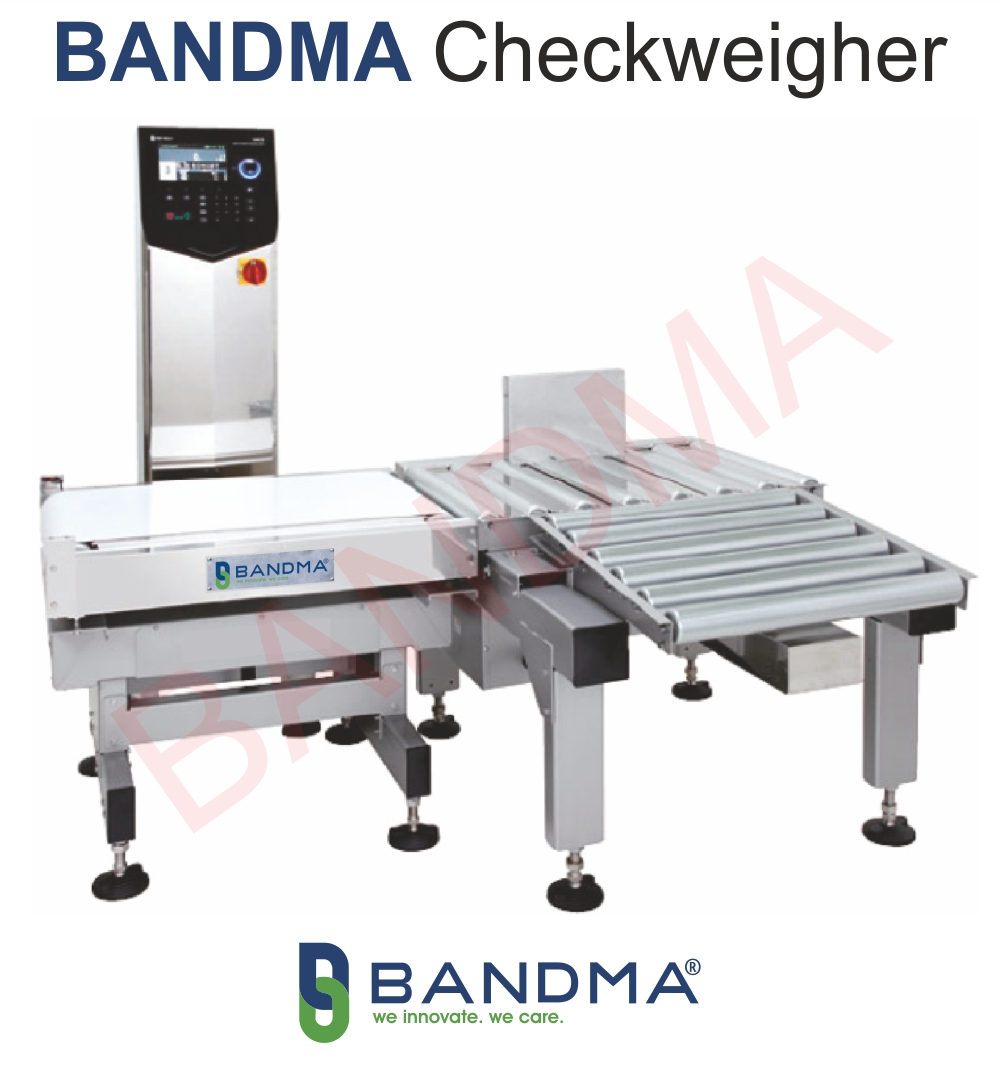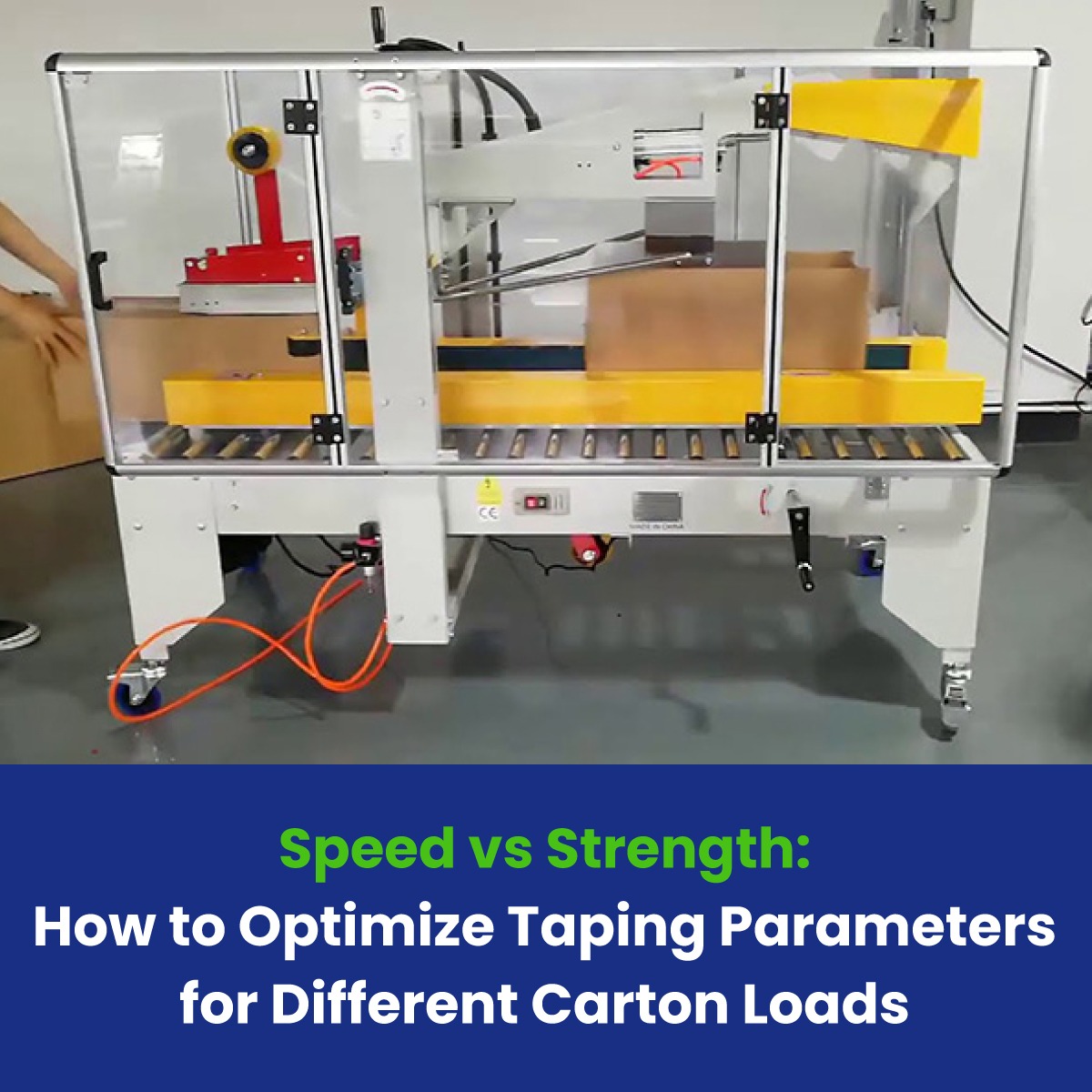Carton sealing may look like a simple task, but in high-volume warehouses and factories, it’s a science. Apply too little tape, and cartons may burst open during transit. Apply too much, and you waste material, slow down operations, and increase costs. Striking the perfect balance between speed and strength is the key to efficient, secure, and cost-effective packaging.
This is where taping machine parameter optimization comes into play. By fine-tuning your machine settings according to carton size, weight, and load type, you can achieve stronger seals without sacrificing productivity.
Why Taping Optimization Matters
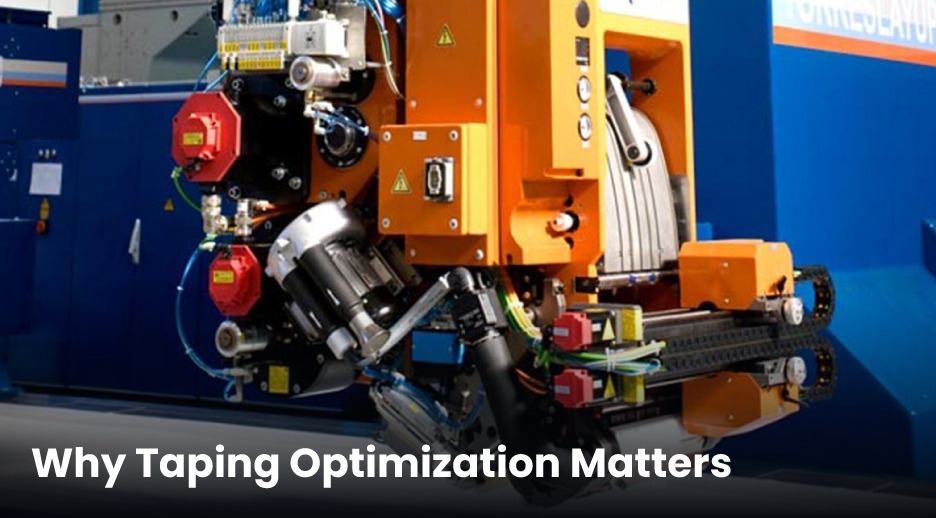
Many businesses overlook machine settings and rely on default taping parameters. The result?
- Cartons that don’t survive the supply chain.
- Excess tape consumption.
- Reduced line speed and frequent rework.
- Higher packaging costs in the long run.
When parameters are optimized, however, businesses enjoy:
- Secure, consistent seals across all cartons.
- Faster throughput with minimal downtime.
- Lower material usage, reducing costs and waste.
- Improved customer satisfaction due to intact deliveries.
The Speed Factor: Why Throughput Matters
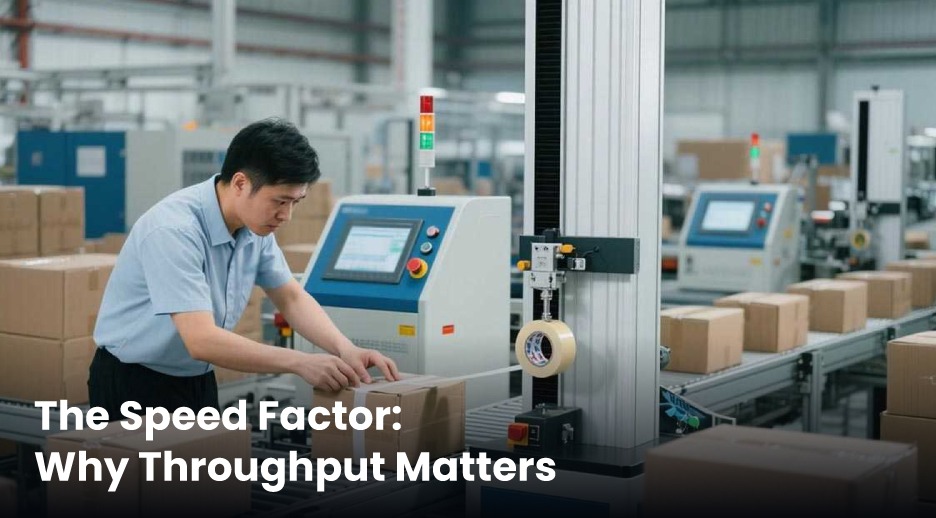
In industries like FMCG, e-commerce, and pharmaceuticals, packaging speed is crucial. Taping machines are designed to seal hundreds of cartons per hour, but pushing speed without proper calibration can cause:
- Incomplete seals due to tape not adhering properly.
- Tape tearing or flagging at carton edges.
- Increased wear and tear on the machine.
Optimizing for speed means ensuring your taping machine runs at a pace that matches upstream and downstream processes. For lightweight or standard-sized cartons, higher speeds can be maintained safely. For heavier cartons, speed may need to be reduced slightly to ensure proper pressure and sealing.
The Strength Factor: Why Seal Integrity Comes First
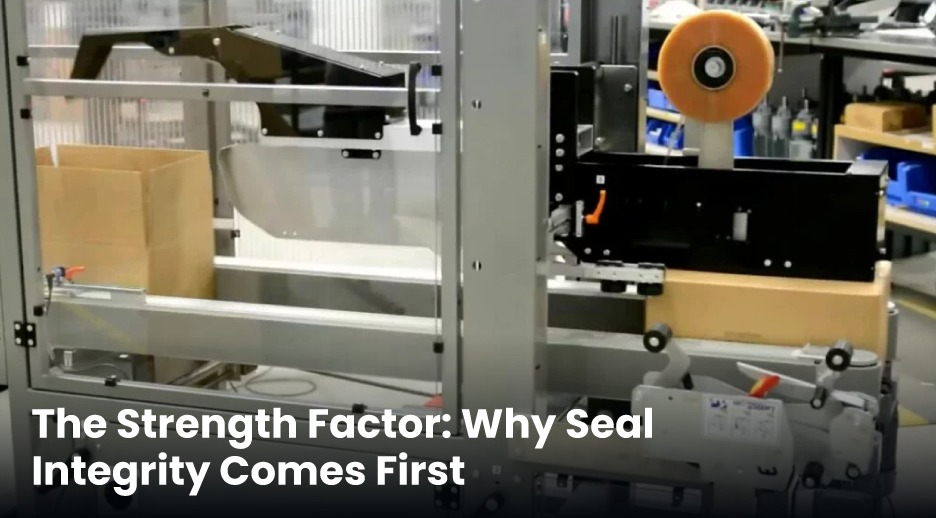
Speed is meaningless if the carton can’t stay sealed. Heavy, bulky, or irregular cartons require stronger sealing parameters. This usually means:
- Greater tape tension to ensure adhesion.
- Wider tape for larger surface coverage.
- Stronger adhesive tape types, such as reinforced or water-activated tape.
Strength optimization focuses on preventing cartons from bursting open, especially during stacking, transit, or handling in rough conditions.
Finding the Right Balance: Speed + Strength
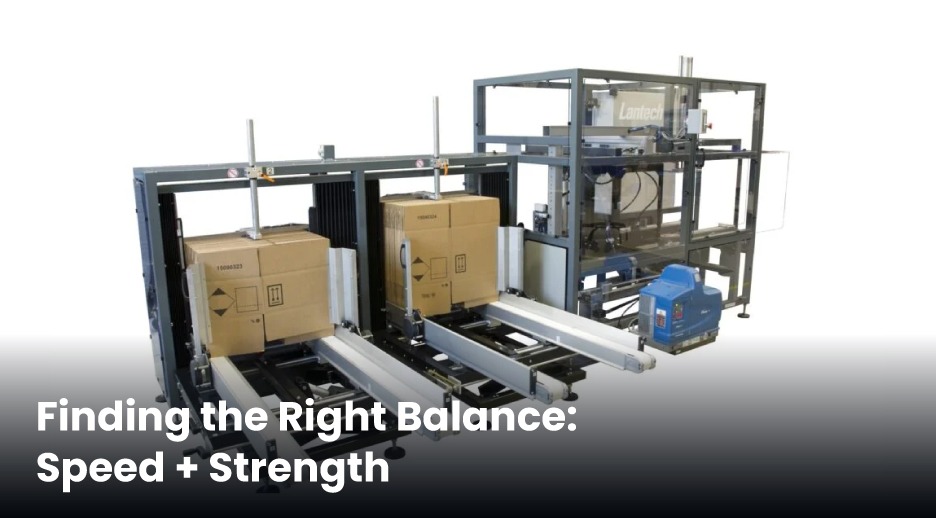
The real art lies in balancing both factors. Here’s how businesses can do it:
1. Match Tape to Carton Load
- Light cartons (up to 10 kg): Standard BOPP tape, moderate speed.
- Medium cartons (10–20 kg): Wider tape, higher tension settings, moderate speed.
- Heavy cartons (20 kg+): Reinforced or water-activated tape, slower speed for better adhesion.
2. Adjust Machine Pressure Settings
Taping machines allow you to adjust the pressure applied during sealing. Heavy cartons need more pressure to ensure tape bonds tightly, while light cartons require less pressure to avoid crushing.
3. Calibrate Tape Length
Too short a strip may not hold the flaps securely, while too long wastes material. Setting the correct tape length for each carton size ensures both efficiency and strength.
4. Monitor Wear and Tear
Blade sharpness, roller tension, and tape head alignment directly affect seal quality. Regular checks help maintain optimal parameters.
Technology’s Role in Optimization
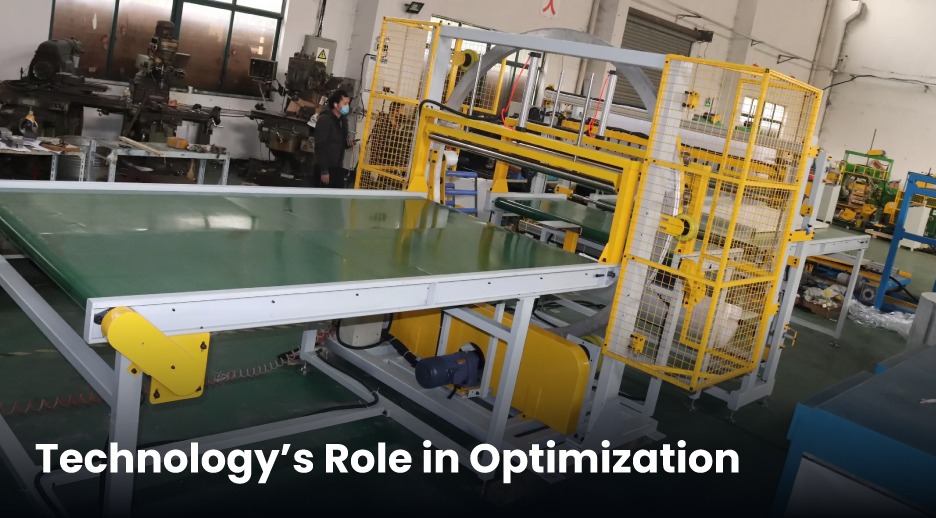
Modern taping machines come with programmable settings that can store different parameters for varying carton loads. Operators can switch between modes with a simple adjustment, ensuring that speed and strength are automatically balanced.
Some advanced systems even integrate with Warehouse Management Systems (WMS) and IoT platforms, allowing real-time monitoring of sealing performance and predictive adjustments to avoid downtime.
Common Mistakes to Avoid
- Using one setting for all cartons Leads to either weak seals or wasted tape.
- Ignoring tape quality – Low-grade tapes often fail, no matter the machine settings.
- Over-prioritizing speed – Fast sealing with weak adhesion results in product damage.
- Skipping maintenance – Even well-optimized parameters won’t work with worn-out components.
The Business Impact of Optimization
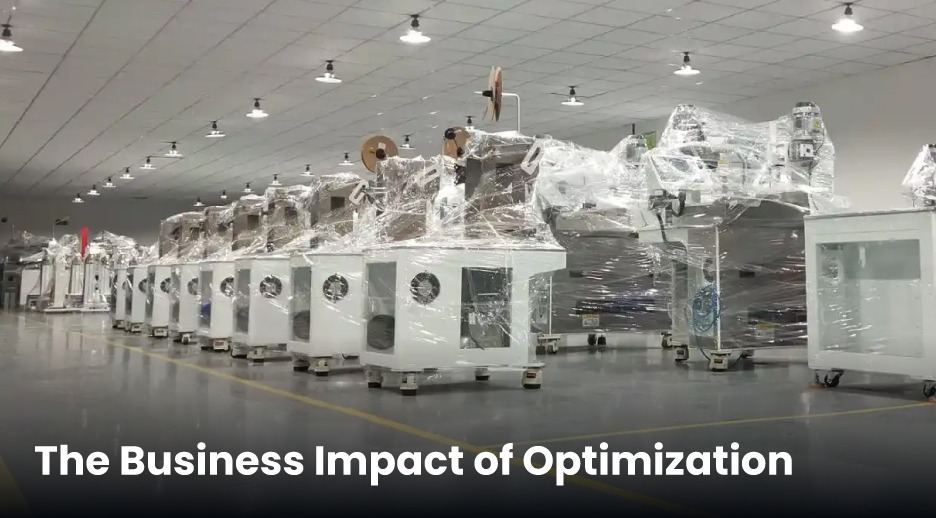
When speed and strength are properly balanced, the results speak for themselves:
- Lower packaging costs – Less wasted tape, fewer returns, and reduced rework.
- Higher throughput – Machines run efficiently without breakdowns.
- Stronger supply chain performance – Secure cartons mean fewer damages in transit.
- Better customer experience – Deliveries arrive intact, boosting trust and loyalty.
Conclusion
Carton sealing is more than just applying tape; it’s about achieving the right balance between speed and strength. By optimizing taping machine parameters, businesses can increase efficiency, reduce costs, and ensure that every shipment leaves the warehouse securely sealed.
The next time your cartons are rolling down the line, ask yourself: Are you sealing for speed, strength, or the perfect balance of both?

